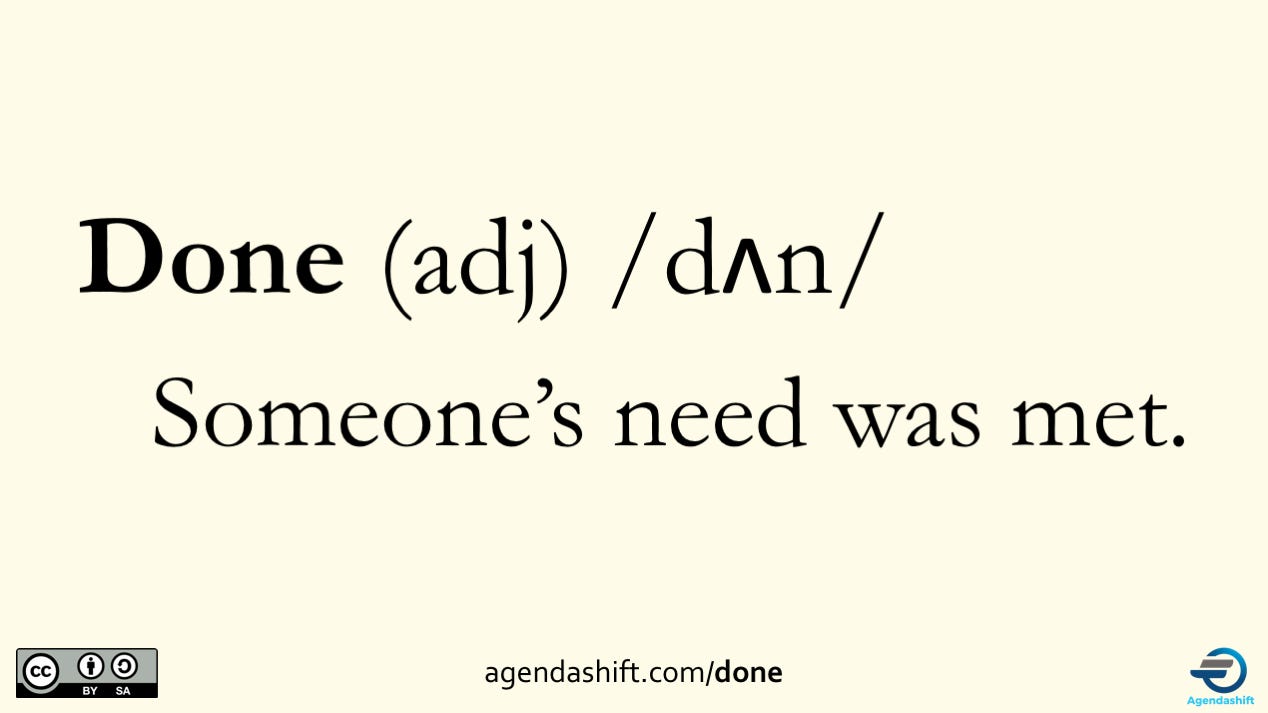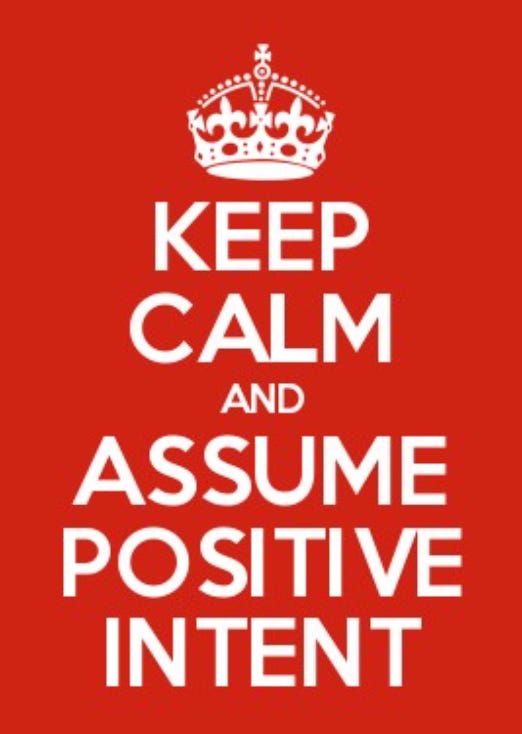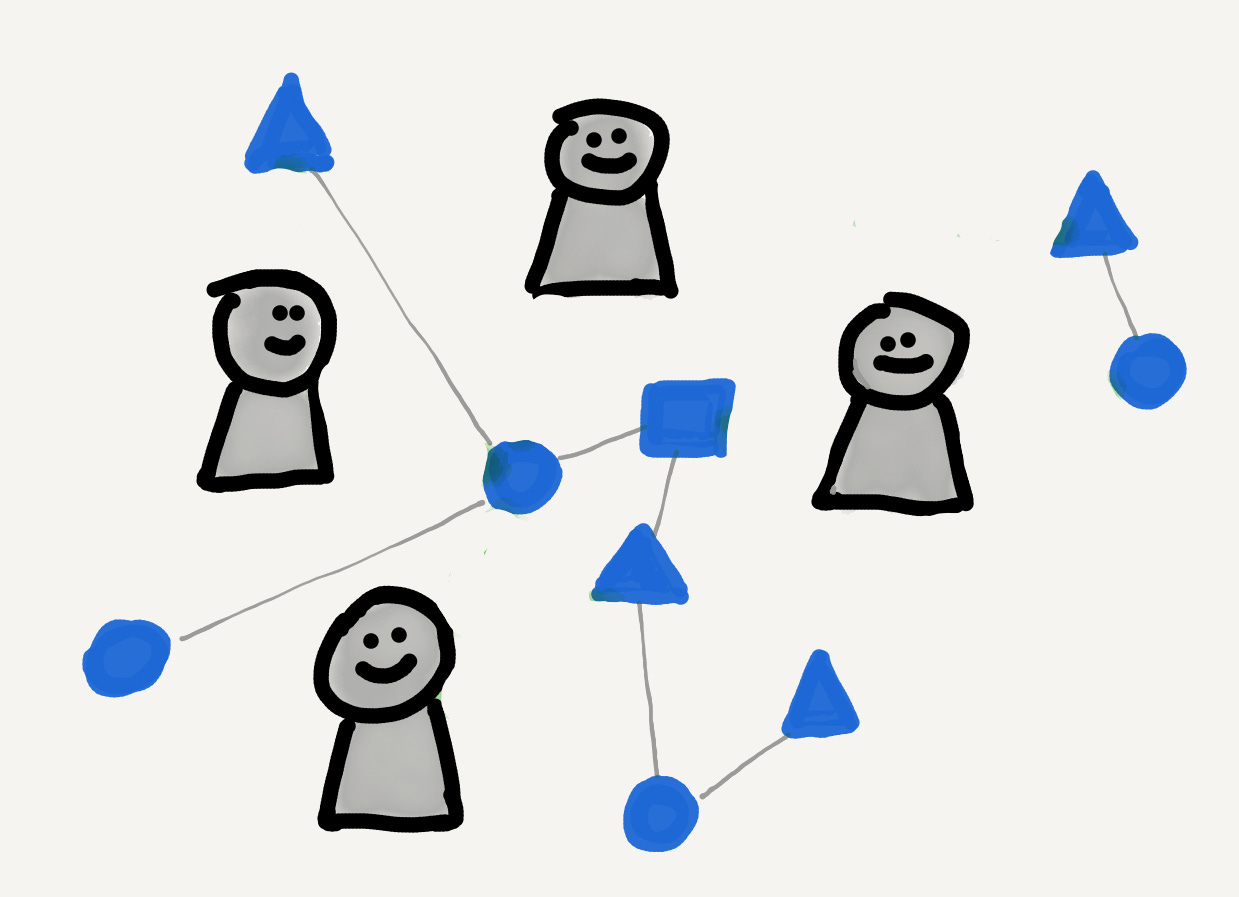3 practical strategies
Simon Sinek’s “Start with Why” is like a tsunami rolling over the business world.
If you haven’t seen it yet or you’d like a reminder here’s Simon’s original TED talk.
I used to be completely enamored with it 🤩
Over time I have become slightly more sceptical 🤔
I’ve also talked to many people who struggle with making it practical 🏋️♀️
However I still believe in the core idea ❤️
And thanks to many wonderful teachers I have accumulated some rather powerful techniques that work towards the same purpose.
It’s actually the A in my AsyncABC system.
When planning anything significant: from a meeting, an article, a product improvement or a whole new product …
… here are three (groups of) questions that can help you “start with why” and tap into people’s deeper drives; without a Sinek-style, singular, all encompassing mission.
The three questions are:
- Whose life will be better when we do this?
- What kind of …? and Is there anything else about …?
- And when …, what will we be able to see or hear?
Let’s dig into each of them in turn:
—
Question 1: Whose life will be better when we do this?
From the amazing Mike Burrows of Agendashift:
When starting anything, start by asking this set of closely related questions:
Whose life will be better? How?
or Who cares about this? Why?
or Who will be affected? How?
and then Do they actually want this?
if not: What do they want?
It might not be a single (type of) person, but a whole list of stakeholders. That’s fine. Focus on the critical few.
If you don’t find a convincing answer you might want to consider doing something else instead.
—
Question 2: What kind of X? and Is there anything else about X?
One huge problem with planning in groups is that we frequently imagine completely different things while using the exact same, seemingly obvious, words.
There’s no such thing as obvious!
When someone tells you that they need X I encourage you to peel back just one layer by repeating what they said and asking:
What kind of X?
and when you explore one aspect you can go back to the beginning and ask:
Is there anything else about X?
I promise you you will frequently be surprised by how differnt your initial guess about what they meant was from what they actually had in mind.
Elephant? What kind of elephant?

You might have recognized those questions as the basics of clean language, which I encourage you to explore after you experience the clarity that comes from just using those two easy to remember, natural sounding, yet extremely powerful questions.
—
Question 3: And when X, what will we be able to see or hear?
This is the most advanced purpose-clarification strategy of the three we’re discussing today.
It becomes critical when there’s a lot riding on the exact details of what we’re trying to achieve or when we’re spending a lot of time talking about abstract concepts and are having a hard time converging on specifics.
Take your list of stakeholders and the the things they care about from section one.
About each need ask:
What will they be able to see and hear when we’re done?
or more strongly
What will they be able to see and hear when we’re successful?
Now comes the key part:
Express that as a number!
In this part you might have recognized the influence of one Tom Gilb. Learn more about his approach to delivering stakeholder value in the ValueFirst Manifesto.
—
Bonus question: How do you know those needs are the real needs?
You don’t.
Start with your best guess and get fast feedback by asking for it or better yet: observing how it impacts actual behaviors.
—
Once again:
- Whose life will be better when we do this?
- What kind of …? and Is there anything else about …?
- And when …, what will we be able to see or hear?
—
Phew, a long one today, but a useful reference to have in one piece I think.





